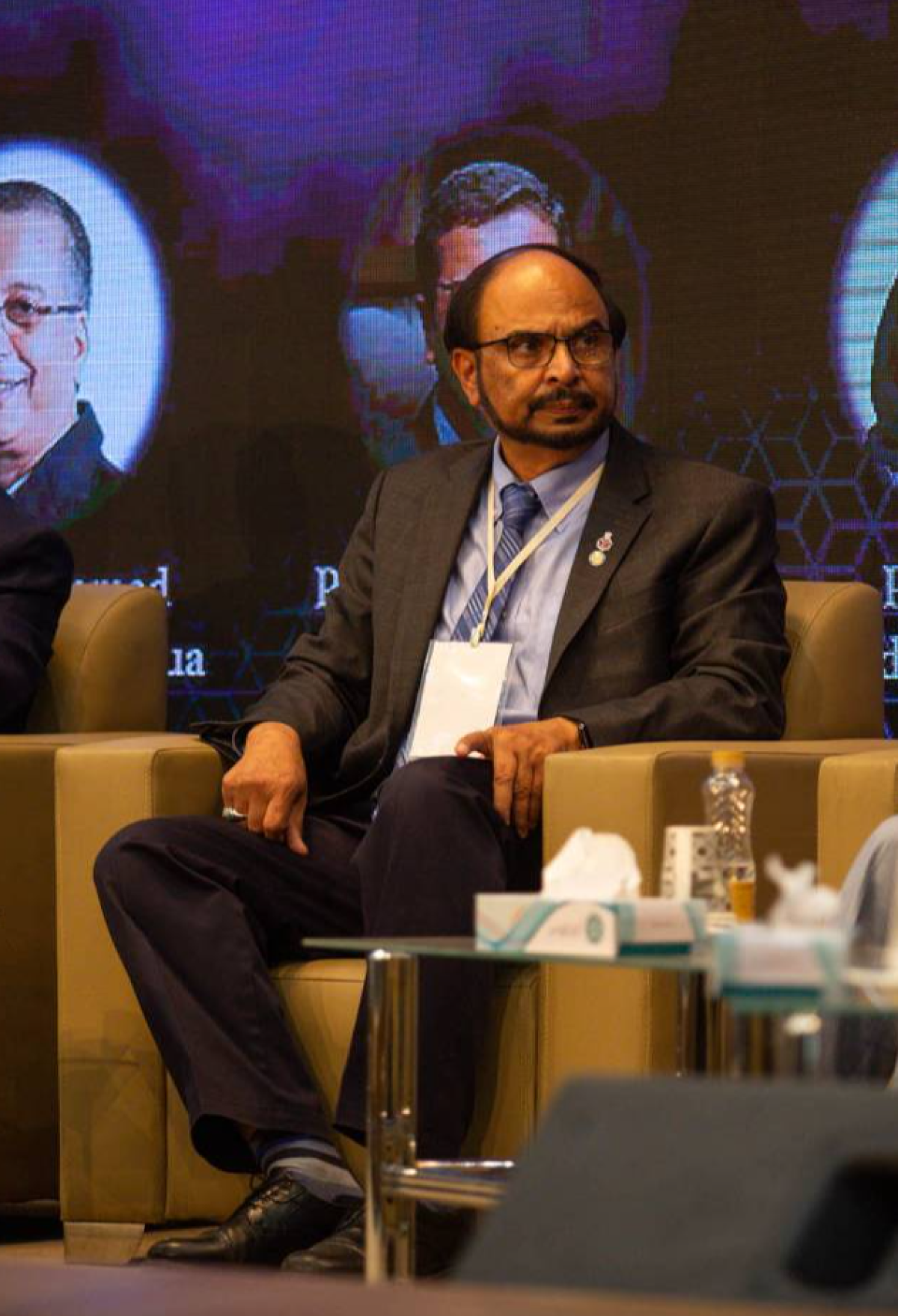How far can AI go? From workforce layoffs to ‘Machine-Man’


As sweeping changes in modern life demand, a novel technology replaces an older one expeditiously. Regarded as a disruptive technology, AI is believed to go through the same stages of adoption as previous groundbreaking technologies, namely “replace,” “reimagine,” and “recombine”.
MSTF media reports: Scholars are of the opinion that currently the world is experiencing the early stages of AI’s “replace” phase where the industries are trying to decide on the tasks that can be done more efficiently with the aid of AI. It’s a while that the artificial intelligence has presented language models such as ChatGPT which can perform various tasks. Therefore, if one’s job can be conducted by AI, it might replace them; however, it seems that in most cases such language models are tools which can facilitate work. Right now, it is not feasible to forecast the jobs targeted to displacement in the “reimagine” phase, yet the industries together with their workers will be completely disrupted in the next phase, no matter what advantages or skills they possess.
Other than the displacement of workers and redistribution of income, the flourishing AI is moving swiftly towards formidable yet hugely unknown phenomena. In January, Elon Musk’s Neuralink project was announced to implant a neurochip in the brain of a human being for the first time. Neuralink’s invention was primarily built on the research of a Pakistani-Canadian researcher from the University of Calgary, Naweed Syed, who built the world’s first neurochip in 2004. His research over the years, indeed, opened up a field of unimaginable potential that brought AI to the next stage. As a result, a true bionic hybrid which is an interface where natural brain cells and electronic chips can seamlessly communicate, is now possible. Syed and his team embarked on this research aiming to cure epilepsy around 20 years ago; however, throughout these years, they have come across other potential applications of a neurochip as well. Currently, the application of this technology to patients suffering from epilepsy, dementia, and Parkinson’s is under investigation. Moreover, it is about to present satisfactory outcomes for those suffering chronic pain or drug addiction.
Their current neurochip for epileptics is designed to be embedded in the top layer of brain cells, while Musk’s neurochip penetrates more deeply into the brain, which is more effective but comes with higher risks. Naweed Syed believes that their neurochip carries these same risks, but “the deeper the implant, the bigger the danger.” At the University of Calgary, they aim to develop technologies as safely as possible, but Syed says “I feel torn, because this field is high-risk, high-reward: we can’t take big strides without making sacrifices. There is no other way to understand and repair damaged brains. That’s why striking a balance between innovation and ethical responsibility is crucial as we look ahead to the future.”
Today, brain chips are no longer confined to the world of science fiction. Mind-controlled interfaces might soon pervade our everyday lives, allowing people to drive cars or operate drones with their thoughts. The question arises here: How far could AI go? What if such ventures propel the world to end up with disastrous consequences depicted in dystopian science fictions?
Naweed Imam Syed is a professor of Neuroscience at Cumming School of Medicine, University of Calgary, Canada. His areas of research include Brain, Molecular Mechanisms, Neurodevelopment, Neuroplasticity, and Synapsis. Naweed Syed enormously contributed to the Science and Technology Exchange Program (STEP) held simultaneously with the 5th round of the Mustafa(pbuh) Prize in October 2023.
This article was previously published in the first issue of the International Observatory Journal.